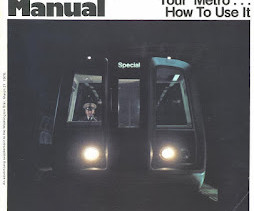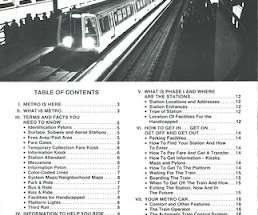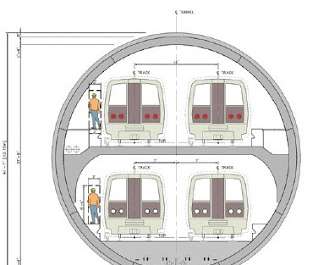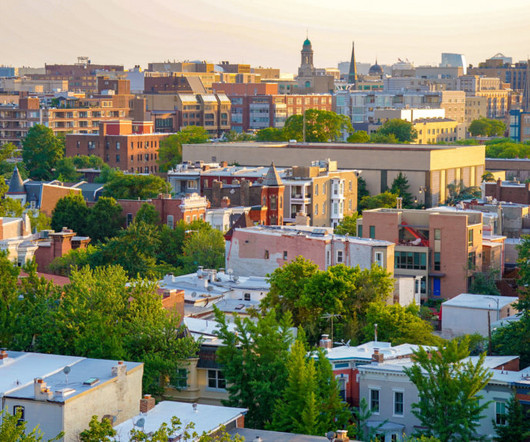It’s time to talk about a regional tax to help fund Metro (DC area)
Rebuilding Place in Urban Space
DECEMBER 19, 2023
This let the system get sloppy in terms of finance, budgeting, and understanding why "WMATA is so successful at funding operations from farebox revenue." But there are over 20 operators of the various services, including private operators of bus lines. My solution: Step 1: creating a regional transport association.












Let's personalize your content